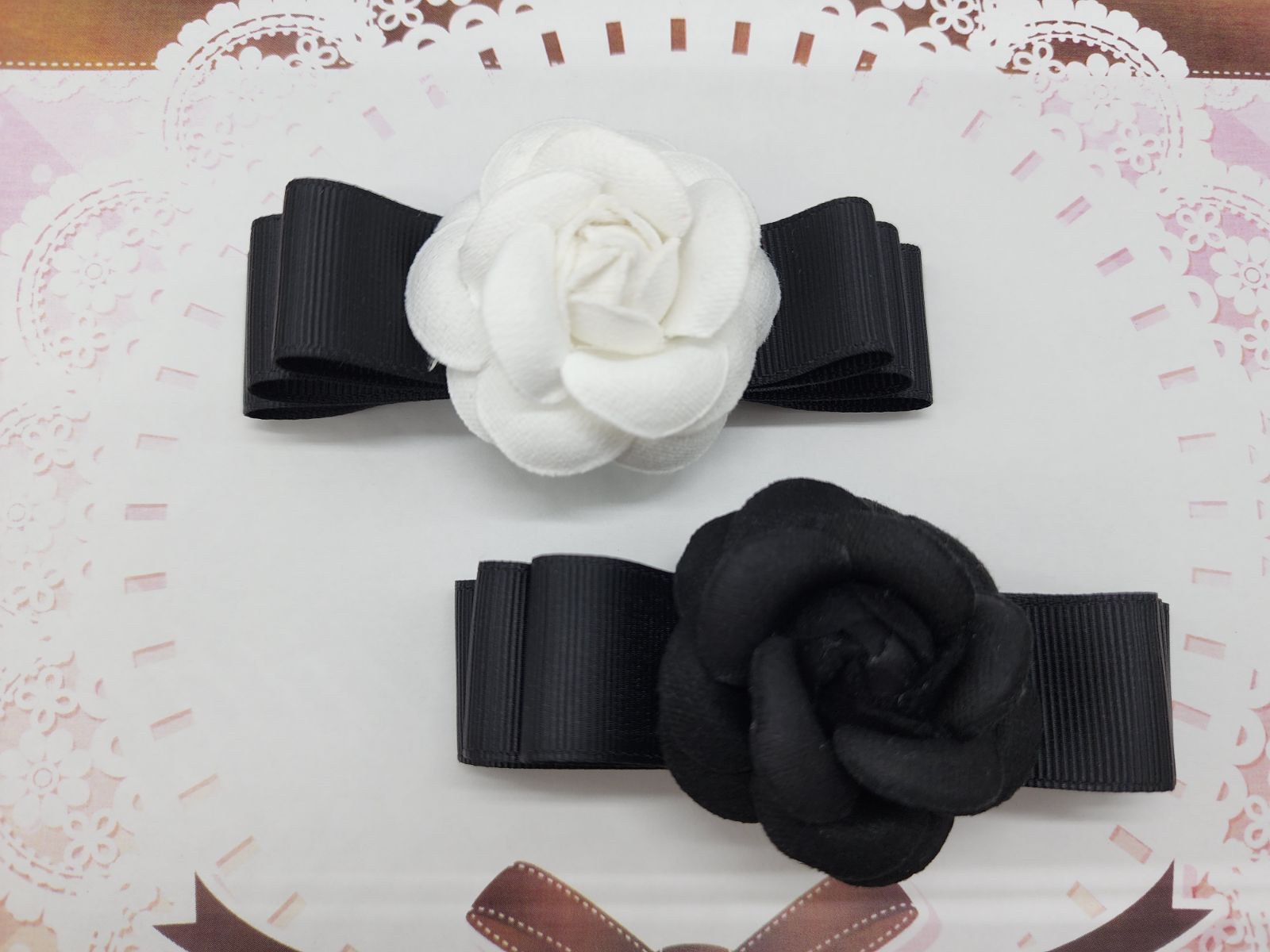
ひな祭りについて英語で説明|由来や風習を7つの例文で簡単に紹介
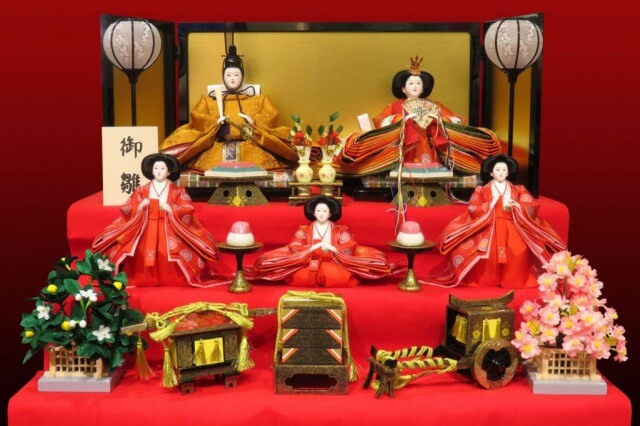
外国人から「ひな祭りって何ですか?」と聞かれたら、英語で答えられますでしょうか?
 woman
woman(「ひな祭り」って何ですか?)



ひな祭りって英語で何て説明すればいいのかしら?
外国人にひな祭りをどうやって説明すればいいのか?
そんな疑問にお答えします。
ひな祭りは英語で「Doll’s Festival(お人形のお祭り)」もしくは「Girls’ Festival(女の子のお祭り)」です。



(ひな祭りは、3月3日(桃の節句)に開催される、女の子の健やかな成長を願う行事です。)
ひな祭りについて英語で説明する例文を一緒に見て行きましょう。
無料でお試しできるオンライン英会話をいくつか紹介します。
ひな祭りについて英語で説明
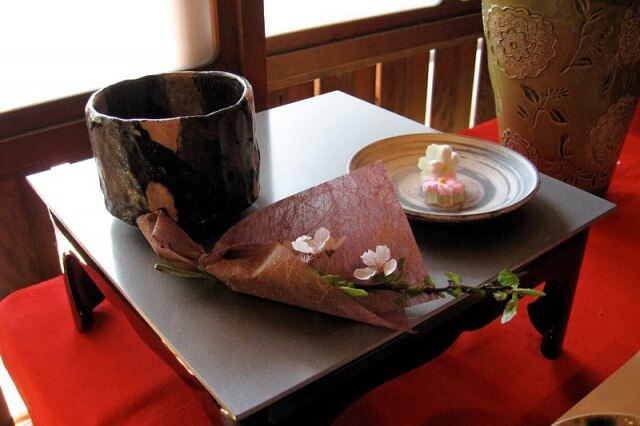

The Doll’s Festival is an event to wish for the healthy growth of girls on March 3, which is the festival of peaches.
ひな祭りは、桃の節句である3月3日に、女の子の健やかな成長を願う行事です。
- Doll’s Festival/ひな祭り(女の子のお祭り)
- event/行事
- wish for/願い
- healthy/健やかな
- growth/成長
- girl/女の子
- festival of peaches/桃の節句(お祭り)
In families with girls, we decorate Hina dolls and prepare Hinamatsuri dishes to celebrate.
女の子のいる家庭では雛人形を飾り、ひな祭りの料理を用意してお祝いをします。
- family/家庭
- girl/女の子
- decorate/飾る
- Hina dolls/ひな人形
- prepare/用意する
- Hinamatsuri dishes/ひな祭りの料理
- celebrate/お祝いする



ひな祭の由来を英語で説明
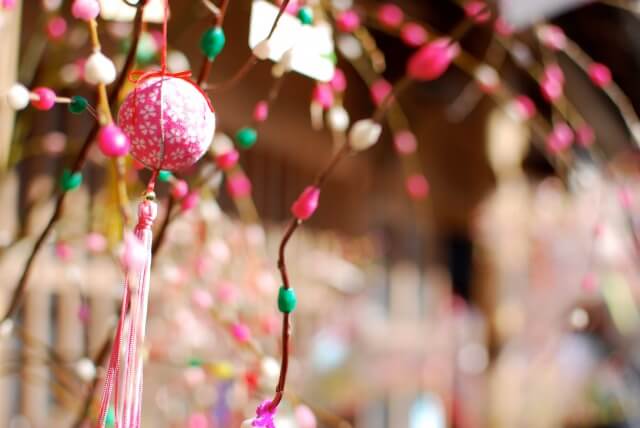

The Hinamatsuri is said to have started with girls playing dolls during the Heian period.
ひな祭りは、平安時代の女の子の人形遊びから始まったと言われています。
- Hinamatsuri/ひな祭り
- be said to/と言われる
- start/始まる
- girl/女の子
- play dolls/人形で遊ぶ
- during/の間
- Heian period/平安時代
At that time, it was customary to flush paper dolls into the river, which was done to flush disasters with the dolls.
その頃、紙で作った人形を川へ流す習慣もあり、これは、人形と一緒に災いも流すために行われていました。
- at that time/その頃
- customary/習慣的な
- flush/流す
- paper doll/紙人形
- river/川
- done/do(する、行う)の過去分詞
- disaster/災い
- doll/人形
In the Edo period, various dolls have come to be made due to the development of technology.
江戸時代になり、技術の発展により、色々な人形が作られるようになりました。
- Edo period/江戸時代
- various/色々な
- doll/人形
- come to 動詞の原形/~するようになる
- made/make(作る)の過去形・過去分詞
- due to/のため、の結果
- development/発展
- technology/技術
Gradually, the Hina dolls became gorgeous and were enshrined as amulets instead of flowing them into the river.
次第にひな人形は豪華になり、人形を川に流すのではなく、お守りとして祀られるようになりました。
- gradually/次第に
- Hina doll/ひな人形
- became/become(なる)の過去形
- gorgeous/豪華な
- enshrine/祀る
- amulet/お守り
- instead of/代わりに
- flow/流す
- river/川
Eventually, the meaning of dolls becoming a substitute for the disasters of a girl’s life became stronger, and Hina dolls became a tool for women to marry.
やがて、人形が女の子の一生の災厄の身代わりになるという意味合いが強くなり、ひな人形は女性の嫁入り道具となっていきました。
- eventually/やがて
- meaning/意味
- doll/人形
- become/なる
- substitute/身代わり
- disaster/災厄
- girl/女の子
- life/一生
- stronger/より強く
- Hina doll/ひな人形
- tool/道具
- women/女性
- marry/結婚する



ひな祭りの風習を英語で説明
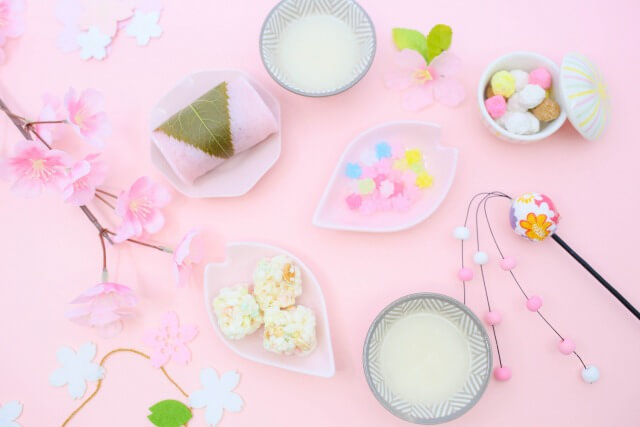

Nowadays, it is common to decorate Hina dolls at the Hinamatsuri with the hope that girls will grow up healthy and happy.
現在では、ひな祭りには女の子が健やかに幸せに育つように願いを込めて、雛人形を飾るのが一般的です。
- nowadays/現在では
- common/一般的
- decorate/飾る
- Hina doll/雛人形
- Hinamatsuri/ひな祭り
- hope/願い
- girl/女の子
- grow up/育つ
- healthy/健やかに
- happy/幸せに
Along with the Hina dolls, we also decorate peach blossoms, hina-arare, and rice cakes.
雛人形と共に、桃の花・ひなあられ・ひし餅なども飾ります。
- along with/と一緒に
- Hina doll/雛人形
- also/また
- decorate/飾る
- peach/桃
- blossom/花
- hina-arare/ひなあられ
- rice cake/餅
We eat Hinamatsuri meals with our family and celebrate the Hinamatsuri.
私たちは家族でひな祭りの食事を食べ、ひな祭りのお祝いします。
- eat/食べる
- Hinamatsuri/ひな祭り
- meal/食事
- family/家族
- celebrate/祝う



ひな祭りに飾る雛人形を英語で説明
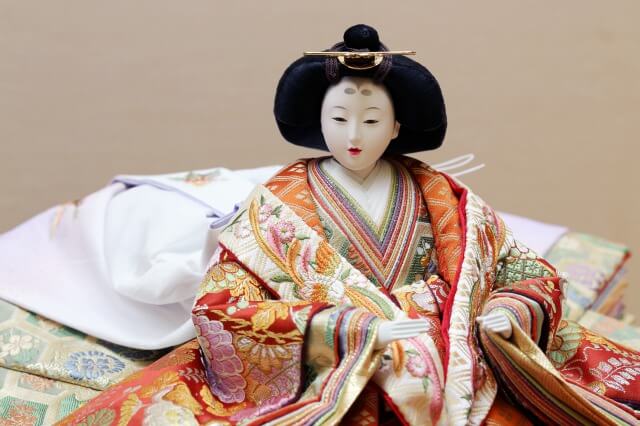

In mid-February, we will decorate the Hina dolls for the Doll’s Festival.
2月中旬頃になると、ひな祭りに向けてひな人形を飾ります。
- mid-February/2月中旬
- decorate/飾る
- Hina doll/雛人形
- Doll’s Festival/ひな祭り
Hina dolls are small dolls wearing the costumes of the lord of the palace.
ひな人形は、宮中の殿上人の装束を身に着けた、小さな人形です。
- Hina doll/雛人形
- small/小さな
- doll/人形
- wear/着る
- costume/(ある時代・階層に特有の)服
- lord/主人、貴族
- palace/宮殿、御殿
There are various types of Hina dolls, from a small type with a pair of male and female dolls to a large type with 15 dolls and tools on a 7-step staircase.
ひな人形の種類は様々で、男雛と女雛一対の小さなタイプから、15体の人形や道具が置かれた7段の階段に飾られた大きなタイプまであります。
- various/様々な
- type/タイプ
- Hina doll/雛人形
- small/小さい
- a pair of/一対の
- male/男
- female/女
- doll/人形
- large/大きな
- tool/道具
- 7-step/7段
- staircase/階段



ひな祭りに飾る雛人形の種類を英語で説明
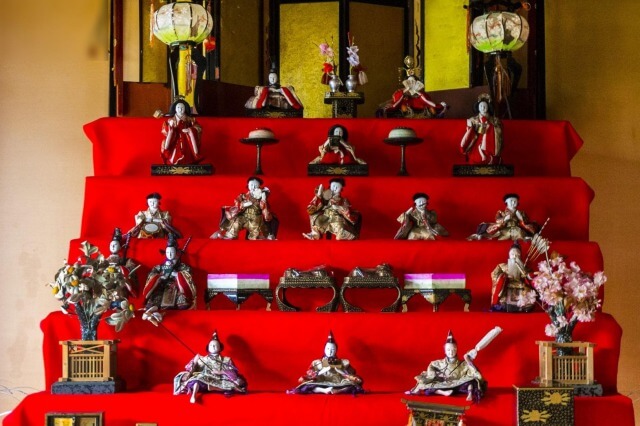

7段飾りの雛人形の種類について説明してみましょう。
雛人形|内裏雛を英語で説明
The pair of male and female dolls on the top row are Dairibina.
一番上の段にいる男女1対の人形は、内裏雛(だいりびな)です。
- pair of/一対
- male/男
- female/女
- doll/人形
- top /一番上
- row/段
- Dairibina/内裏雛(だいりびな)
Dairi means the palace of the emperor, and the doll is said to imitate the emperor and the empress.
内裏(だいり)とは天皇の宮殿を意味し、人形は天皇と皇后を模倣していると言われています。
- Dairi/内裏(だいり)
- mean/意味する
- palace/宮殿
- emperor/天皇
- doll/人形
- be said to/と言われている
- imitate/模倣する、まねる、似せる
- emperor/天皇
- empress/皇后
The male doll wears a costume called Sokutai, wears a crown and a sword, and holds a scepter in his hand.
男雛は束帯(そくたい)という装束を着て冠と太刀をつけ、手には笏(しゃく)を持っています。
- male/男
- doll/人形
- wear/着る、身につける
- costume/(ある時代・階層に特有の)服
- call/呼ぶ
- Sokutai/束帯
- crown /冠
- sword/太刀
- hold/持つ
- scepter/笏(しやく)
- hand/手
The female doll wears a kimono called Junihitoe, wears hair ornaments, and holds a fan in her hand.
女雛は十二単という着物を身に着け、髪飾りを着け、扇を手に持っています。
- female/女
- doll/人形
- wear/着る
- kimono/着物
- call/呼ぶ
- Junihitoe/十二単
- hair ornament/髪飾り
- hold/持つ
- fan/扇
- hand/手
雛人形|女官を英語で説明
The “Sanninkanjo” is a high-ranking lady-in-waiting who takes care of the princess at the palace, and is placed in the second row.
三人官女は宮殿でお姫様のお世話をする位の高い女官で、二段目に配置します。
- Sanninkanjo/三人官女
- high-ranking/位の高い
- lady-in-waiting/女官
- take care of/世話をする
- princess/お姫様
- palace/宮殿
- place/置く
- second/2番目
- row/段
Place the lady-in-waiting sitting in the center and the lady-in-waiting standing on both sides.
中央に座っている官女、両側に立っている官女を配置します。
- place/置く
- lady-in-waiting/女官
- sit/座る
- center/中央
- stand/立つ
- both/両方
- side/側
雛人形|五人囃子を英語で説明
Goninbayashi are five musicians who play music, and they are placed in the third row.
五人囃子(ごにんばやし)とは、音楽を奏でる5人の音楽隊のことで、三段目に配置します。
- Goninbayashi/五人囃子
- five/5
- musician/音楽隊
- play/演奏する
- music/音楽
- place/置く
- third/3番目
- row/段
The dolls are arranged in the order of song, whistle, small hand drum, large hand drum, and drum from the right.
人形の配置は向かって右から、歌・笛・小鼓・大鼓(おおづつみ)・太鼓の順番になっています。
- doll/人形
- arrange/配置する
- in the order of/の順に
- song/歌
- whistle/笛
- small drum/小鼓
- large drum/大鼓(おおづつみ)
- drum/太鼓
- right/右
雛人形|随身を英語で説明
“Zuijin” is a military officer with a bow and arrow, and is placed in the fourth row.
随身(ずいじん)は弓と矢を持った武官で、四段目に配置します。
- Zuijin/随身
- military officer/武官
- bow/弓
- arrow/矢
- place/置く
- fourth/4番目
- row/段
Elderly military officer will be placed on the right side and young military officer will be placed on the left side when viewed from the front.
正面から見て右側に年配の武官・左側に若者の武官を配置します。
- elderly/年配の
- military officer/武官
- place/置く
- right/右
- side/側
- young/若い
- left/左
- view/見る
- front/正面
雛人形|仕丁を英語で説明
“Shicho” is an escort or miscellaneous role, and is placed in the fifth row.
仕丁(しちょう)とは護衛や雑役のことで、五段目に配置されます。
- Shicho/仕丁
- escort/護衛
- miscellaneous/雑多の
- role/役割
- place/置く
- fifth/5番目
- row/段
There are three “Shicho”, each of whom has an angry, crying, and laughing expression.
仕丁は3人おり、3人はそれぞれ、怒る・泣く・笑うの表情をしています。
- three/3
- Shicho/仕丁
- each/それぞれ
- angry/怒った
- crying/泣いた
- laughing/笑っている
- expression/表情



(宮中の人たちを表しているのね。)
ひな祭りの食べ物を英語で説明
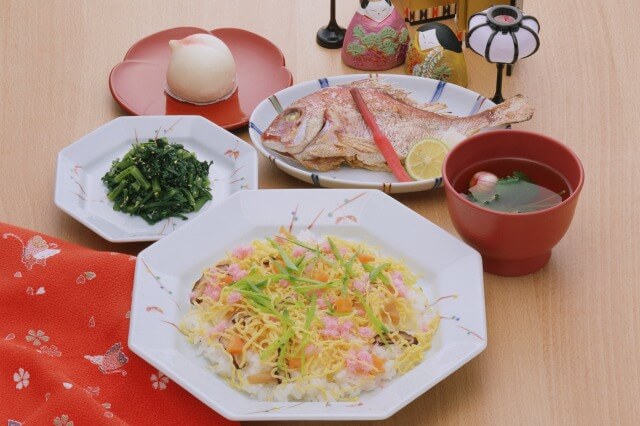

At the Hinamatsuri, it is customary to eat chirashizushi, clam soup, and hina-arare.
ひな祭りには、ちらし寿司・ハマグリのお吸い物・ひなあられなどを食べる習慣があります。
- Hinamatsuri/ひな祭り
- customary/習慣
- eat/食べる
- chirashizushi/ちらし寿司
- clam soup/ハマグリのお吸い物
- hina-arare/ひなあられ
Chirashizushi is a dish of vinegared rice with colorful ingredients.
ちらし寿司は、酢飯に色とりどりの食材をちらした料理です。
- Chirashizushi/ちらし寿司
- dish/料理
- vinegared rice/酢飯
- colorful/色とりどりの
- ingredient/食材


Clam soup is a Japanese soup made by boiling clams in soup stock.
ハマグリのお吸い物はだし汁でハマグリを煮た日本のスープです。
- Clam soup/ハマグリのお吸い物
- Japanese/日本の
- soup/スープ
- made/make(作る)の過去形・過去分詞
- boil/煮る
- clam/ハマグリ
- soup stock/だし汁
Hina-arare is a type of Japanese sweet that is made by sprinkling sugar on dried rice or roasted beans.
ひなあられは和菓子の一種で、乾燥させた米や炒った豆に砂糖をまぶしたお菓子です。
- Hina-arare/ひなあられ
- type/種類
- Japanese sweet/和菓子
- made/make(作る)の過去形・過去分詞
- sprinkle/振りかける
- sugar/砂糖
- dried/乾燥させた
- rice/米
- roasted/炒った
- bean/豆



(とても華やかな料理ね。)
ひな祭りの歌を英語で説明
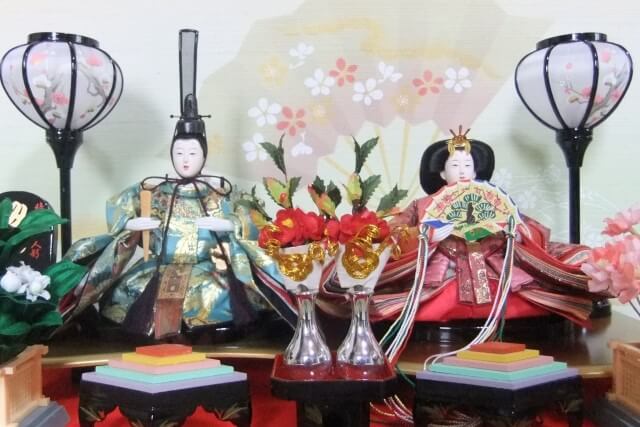

“Happy Hinamatsuri” is a Japanese nursery rhyme.
「うれしいひなまつり」は日本の童謡です。
- Happy Hinamatsuri/うれしいひなまつり
- Japanese/日本の
- nursery rhyme/童謡
This song is about enjoying the Doll’s Festival, and most Japanese know this song.
この歌ではひな祭りを楽しむ様子が歌われており、ほとんどの日本人はこの歌を知っています。
- song/歌
- about/について
- enjoy/楽しむ
- Doll’s Festival/ひな祭り
- most/ほとんどの
- Japanese/日本人
- know/知っている
[Lyrics of Happy Hinamatsuri (No. 1)]
Let’s turn on the light.
Offer peach blossoms.
A flute and drums played by Goninbayashi.
Today is a fun Hinamatsuri.
【うれしいひな祭りの歌詞(1番)】
あかりをつけましょ ぼんぼりに
お花をあげましょ 桃の花
五人ばやしの 笛太鼓
今日はたのしい ひな祭り
- Lyrics/歌詞
- Happy Hinamatsuri/たのしいひなまつり
- let’s/しましょう
- turn on the light/電気をつける
- offer/供える
- peach/桃
- blossom/花
- flute/笛
- drum/太鼓
- play/演奏する
- Goninbayashi/五人囃子
- today/今日
- fun/楽しい
- Hinamatsuri/ひな祭り



(素敵な童謡ね。)
ひな祭りを英語で説明|まとめ
いかがでしたでしょうか。
ひな祭りは、平安時代から受け継がれてきた日本の伝統です。
ひな人形は、外国人の想像する日本を良く表しているので、きっと興味を持ってもらえると思います。
ひな人形については、人形一つ一つの説明が難しいので、写真や絵などを見せながら説明した方が理解してもらえるはずです。
ひな祭りにはおひな様を飾り、外国人の友人も呼んで一緒にひな祭りの食事を食べるのも素敵ですね。



英会話教室に通う時間もお金もないし。



PCやスマホで気軽に英会話の練習ができます。
アプリなので費用もそんなに高くないですし、自宅で自分のペースで英会話の勉強ができますよ。






こちらも自宅から自分の都合が良い時間に英会話ができますよ。








